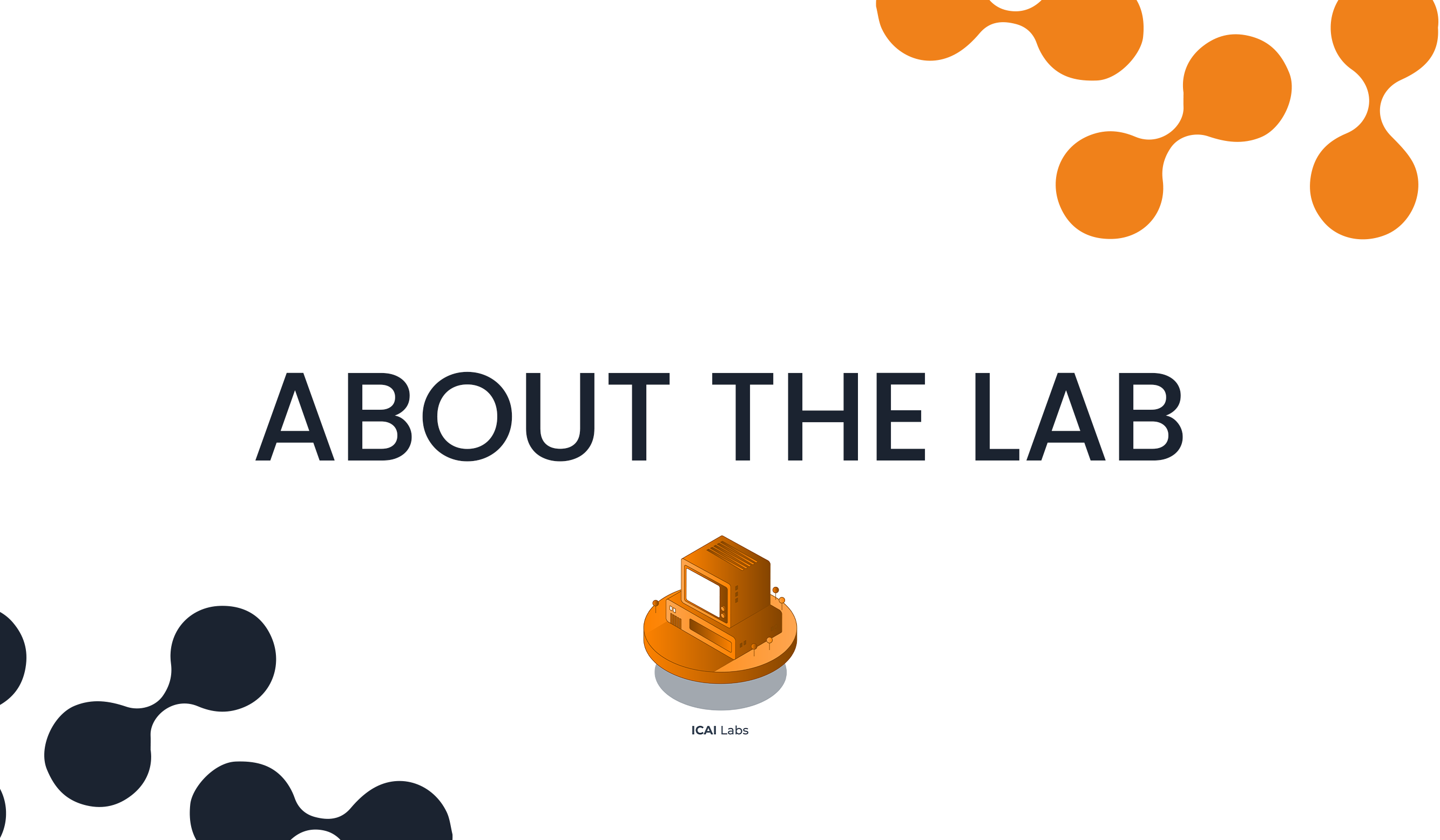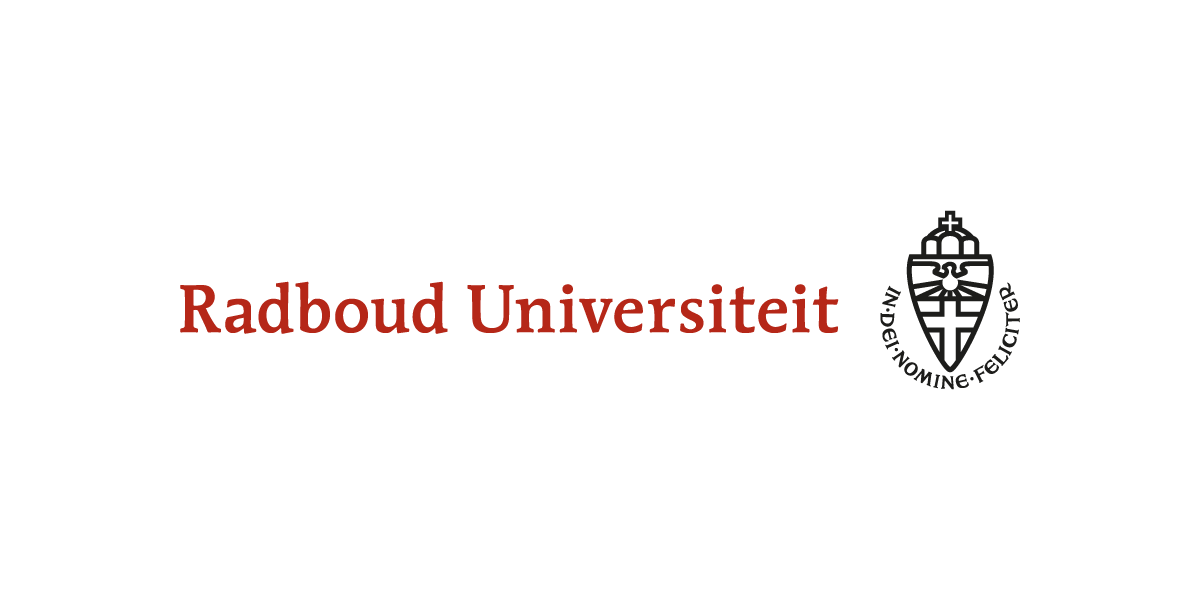ASMPT Lab
A collaboration between ASM Pacific Technology and Radboud University.
The ASMPT Lab focuses on developing trustworthy AI models, algorithms, and technology for real-time inference, prediction, and control of high-throughput data streams in the semiconductor industry. ASMPT Lab is a collaboration between ASMPT and the AI Department of the Donders Institute at Radboud University.
In advanced micro and nanoscale manufacturing, controlling the quality of produced devices presents major challenges for conventional automated inspection and process control techniques. ASMPT operates within this industrial arena with a focus on semiconductors, where the production of modern microelectronic devices, with their high levels of 3D integration and shrinking structure sizes, requires new approaches to sensing-based inspection, prediction, and control.
While the recent use of Deep Learning has offered new possibilities for microscale defect detection and predictive health monitoring of semiconductor manufacturing equipment, even such a powerful tool has shown serious limitations when used in complex production environments. In particular, the rarity of defect samples and the high variability of manufactured devices are sources of major difficulties for deploying successful CNN (and other) architectures. Techniques that are energy-efficient and operate in real-time with less (or no) supervision are the only viable solution for high-throughput / high-mix precision industries. Furthermore, the developed approach should be trustworthy in order to ensure their deployment in the real world.
In this context, ASMPT Lab focuses on developing computational methods and workflows that process the readily available sensory streams for both low-level physical control and semantic-level process decisions. Sensory streams currently used for automated analysis include high-throughput optical and multi-spectral cameras, inline X-ray data, and encoder information. The general scientific challenge of the lab is to develop AI models for real-time inference, prediction, and control of high-throughput data streams, with very general applications at different levels of abstraction within the semiconductor industry, ranging from low-level quality inspection to high-level process control. To tackle this problem, the lab capitalizes on recent advances in machine learning and brain-inspired computing as developed in the AI Department of the Donders Institute at Radboud University.
The general outcomes of this ICAI lab will be new models, algorithms, and technology for trustworthy AI, as well as the development of ethical standards for the application of AI solutions in the high-tech industry. Specifically, the lab aims to improve the resilience and safety of high-throughput streaming data inference and control systems in the chip manufacturing industry (extrinsic trustworthiness), as well as to improve the explainability of decisions made by these systems (intrinsic trustworthiness).



Research projects
Simulation-based machine learning. Aims to train machine learning in simulation while bridging the reality gap.
Predictive maintenance. Aims to develop models for anomaly detection, including out-of-distribution detection.
Adaptive deep learning. Aims to develop efficient online, continual, and distributed learning, allowing real-time adjustments.
Neuromorphic computing. Aims to use neuromorphic sensors and chips to reduce energy consumption and maximize throughput of AI systems.
Trustworthy deep learning. Aims to develop new techniques that improve the explainability and accountability of current deep learning models.
People




PHD Students




Partners
ASMPT
Donders Institute
Radboud University



.svg)

